MWC 2010
Sony Ericsson introduced three new phones at MWC this year: the Vivaz Pro, X10 Mini, and X10 Mini Pro. The Vivaz Pro is just like the Vivaz, but with a slide-out keyboard. It's also a Symbian phone, so the chances of it coming to the US are small. The more interesting ones - in our humble opinion - are the X10 Mini and X10 Mini Pro. These are very small yet high-spec Android smartphones with a unique new Sony Ericsson interface layer.
Xperia X10 mini & mini pro
It's curious that they chose to associate these new "mini" phones with the Xperia brand, and with its newest iteration - the X10 - specifically. The Xperia brand to date has consisted exclusively of ultra-flagship phones that make no compromises in specs whatsoever. With the X10 Minis, they're going a little lower-end with the Xperia brand.
Sony Ericsson's pitch is that they simply took the X10 and made it much smaller, with no compromise. But in fact, the camera resolution is less, and they removed the sexy Mediascape software. Then there's the screen. The lowly 2.5-inch QVGA display looks quite pixelated compared to most current full-touch phones, and like absolute garbage compared to the luscious screen on the full-size X10. The screen just doesn't live up to the Xperia brand.
The big benefit of the lower screen resolution is that the graphics chip doesn't have to work as hard. On the X10, the hardware really struggles to keep up with the fancy graphics and ultra-high-resolution display. Even with its 1,000 MHz processor, there's a lot of lag and stuttering. Not so on the X10 Mini; the interface is fast and fluid, even though the processor is technically slower, at 600 Mhz. It feels like one of the faster Android phones we've used.
The only real difference between the X10 Mini and X10 Mini Pro is the slide-out keyboard, which adds a little to the size. The slide mechanism feels solid and is spring-assisted, so it slides open and closed easily, with a satisfying snap. The keyboard itself is excellent. It's small but works quite well. The keys have a good feel to them. The space bar was a bit stiff on one unit we tried; we hope that issue is fixed before the hardware is finalized.
The X10 Mini and Mini Pro are otherwise similar. They look identical from the front. The screen is the same, the UI is the same, the camera and other specs are all identical. You simply get your choice of keyboard or no keyboard. It's like they finally listened to everyone who ever said "Gosh that would be the perfect phone if it just had a keyboard... or were a little thinner." They did the same thing with the Vivaz and Vivaz Pro. This idea of producing a keyboard and non-keyboard variant of every phone is something we could easily get used to.
The "UXP" interface layer is Sony Ericsson's answer to HTC's Sense and Motorola's Blur. Like the competing software, UXP tries to sex things up, add more social media features like Facebook & Twitter, and present all communication in a contact-centric way. It's very sexy and - at first glance - seems to work well.
The X10 Mini and Mini Pro sport a new version of UXP optimized for small screens and one-handed use. Instead of fiddling with a little tab to summon the app menu, you just do a large swipe-up gesture (an awful lot like a Palm webOS.) It also puts four shortcut icons in the corners of the home screen. By default, these are things like contacts and media, but you can also customize them to be any app you like, using an easy drag-and-drop interface.
Here's a video of the UXP interface in action:
The X10 series of phones all run Android 1.6 at the moment, but they're all upgradeable to higher versions, and Sony Ericsson promises that such an upgrade will be available... by the end of the year.
Ultimately, I liked the X10 Mini and Mini Pro. The screen resolution is disappointing and seems incongruous with the Xperia name and otherwise great specs. But if you can see past the large pixels, there's a great little phone here. The keyboard on the Mini Pro is great, Sony Ericsson is known for good cameras, there's a host of other features, and Sony Ericsson has done a great job making their custom interface layer work well for one-handed use. All of that in a phone small enough that it definitely lives up to the "mini" name. We hope a US carrier pick one or both of these up.
The X10 Mini and X10 Mini Pro will both ship in the first half of the year (by June, at the latest.) It usually takes much longer for Sony Ericsson phones to reach the US, if they do at all. An executive promised that they are trying to bring these to US carriers, but (understandably) wouldn't commit to any timeline.
Vivaz Pro
The Vivaz is a Symbian phone, which limits it chances of coming to the US, so we won't dwell on it, but the hardware sure is sexy. They managed to take the Vivaz - quite a thin phone - and stuff in a sliding QWERTY keyboard while only adding 2mm to the thickness. The slide and keyboard are both decent. The keys felt a bit mushier than the X10 Mini Pro, but it was still quite usable and easy enough to type on.
The Vivaz is a perfect example of Sony Ericsson's new design philosophy revolving around "human curves". It sounds a bit weird when they talk about it, but holding it in your hand, you understand. The Vivaz doesn't just look sexy; it feels sexy.
If only the Symbian software were as sexy. It's slow, ugly, and the resistive screen is annoyingly unreliable. (That's not a bash against all resistive screens. I have used a few good ones; this is not one of them.)
Connectivity & Expansion
Sony Ericsson is finally, truly embracing industry standards for connectors and memory cards.
The M2 (Memory Stick Micro) format is finally put-a-nail-in-it dead. All of the new phones use standard microSD memory cards. Gone also is the proprietary connector for charging, data, and headsets. Sony Ericsson now uses microUSB for charging and data.
Better still, the new phones have a nifty audio jack called AVP (audio/video port) that is full compatible with standard 3.5mm headset and music headphones, but also works with special Sony Ericsson accessories with added features. It looks like a keyhole. Examples include headphones with music controls on the cord and speakers that draw power from the phone for better sound. (Those accessories are on display this week.) An accessory manager also hinted that the company may make headphones with active noise cancellation. That type of headphones usually requires a small battery; with this new connector, it could draw power from the phone instead.


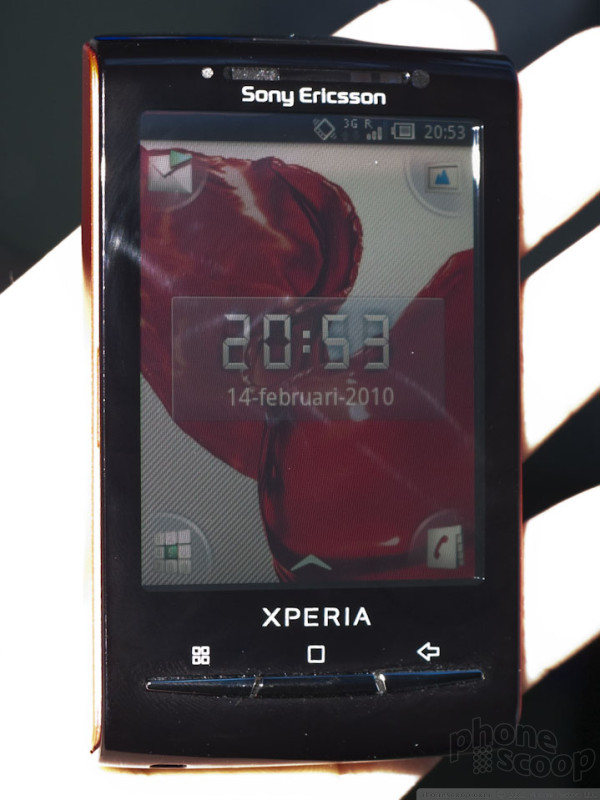






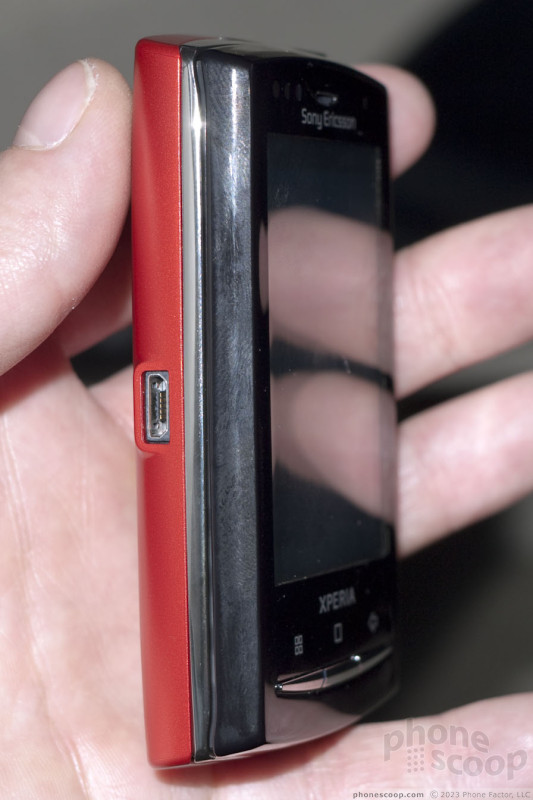
















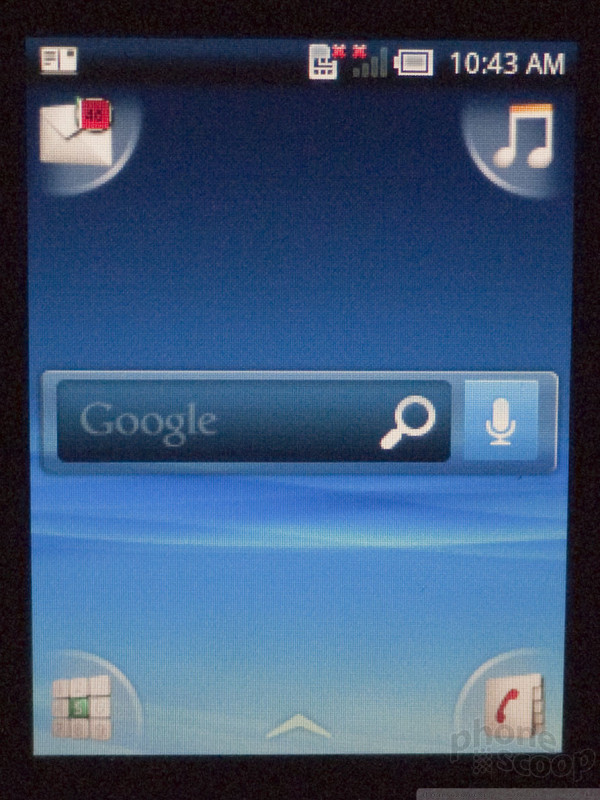









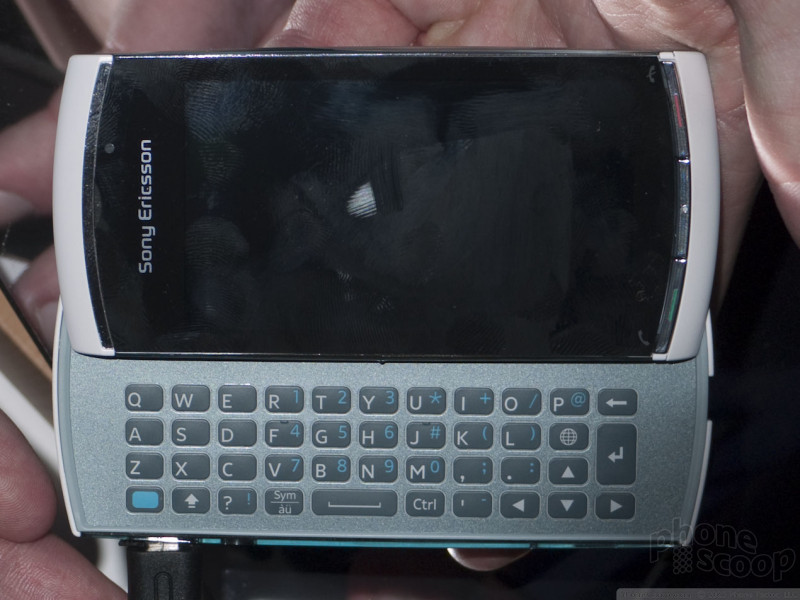





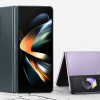 Samsung Refines its Foldable Phones
Samsung Refines its Foldable Phones
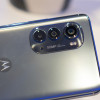 Hands On with the Motorola edge (2022)
Hands On with the Motorola edge (2022)
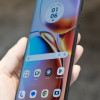 Hands On with the Motorola edge+ (2023)
Hands On with the Motorola edge+ (2023)
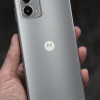 Hands On with the 2023 moto g 5G & moto g stylus
Hands On with the 2023 moto g 5G & moto g stylus
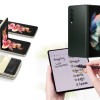 Samsung Updates Foldables with Water Resistance, S Pen
Samsung Updates Foldables with Water Resistance, S Pen

